Special Report
The World's Rarest and Possibly Extinct Animals

Published:
Last Updated:

The clock is ticking on many animal species that are threatened with extinction, and the International Union for Conservation of Nature is the timekeeper.
The IUCN, one of the world’s foremost advocates for preserving the natural world, keeps what it calls a “red list,” an assessment of the threats faced by plants and animals. As of 2016, the 70-year-old organization’s list included 82,954 species, of which 23,928 were threatened with extinction.
24/7 Wall St. has compiled a list of the rarest and possibly extinct animals based on data from the IUCN’s red list. Most of the animals on this list have estimated populations of 250 or fewer.
Click here to see the world’s rarest and possibly extinct animals.
Click here to see our methodology.
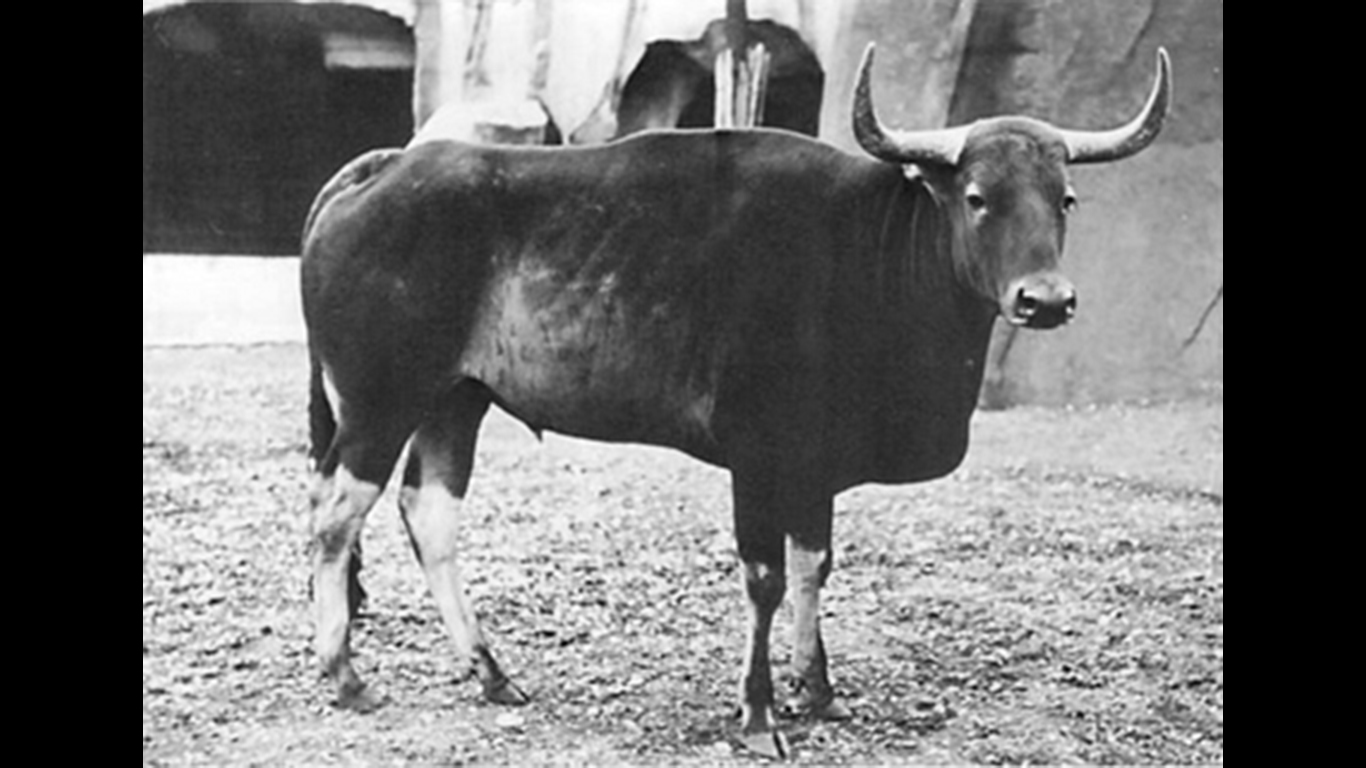
1. Kouprey
Scientific name: Bos sauveli
Date last recorded in wild: 1969/70
Geographic region: Cambodia; Lao People’s Democratic Republic
Threats: Hunting, disease, habitat loss
[in-text-ad]
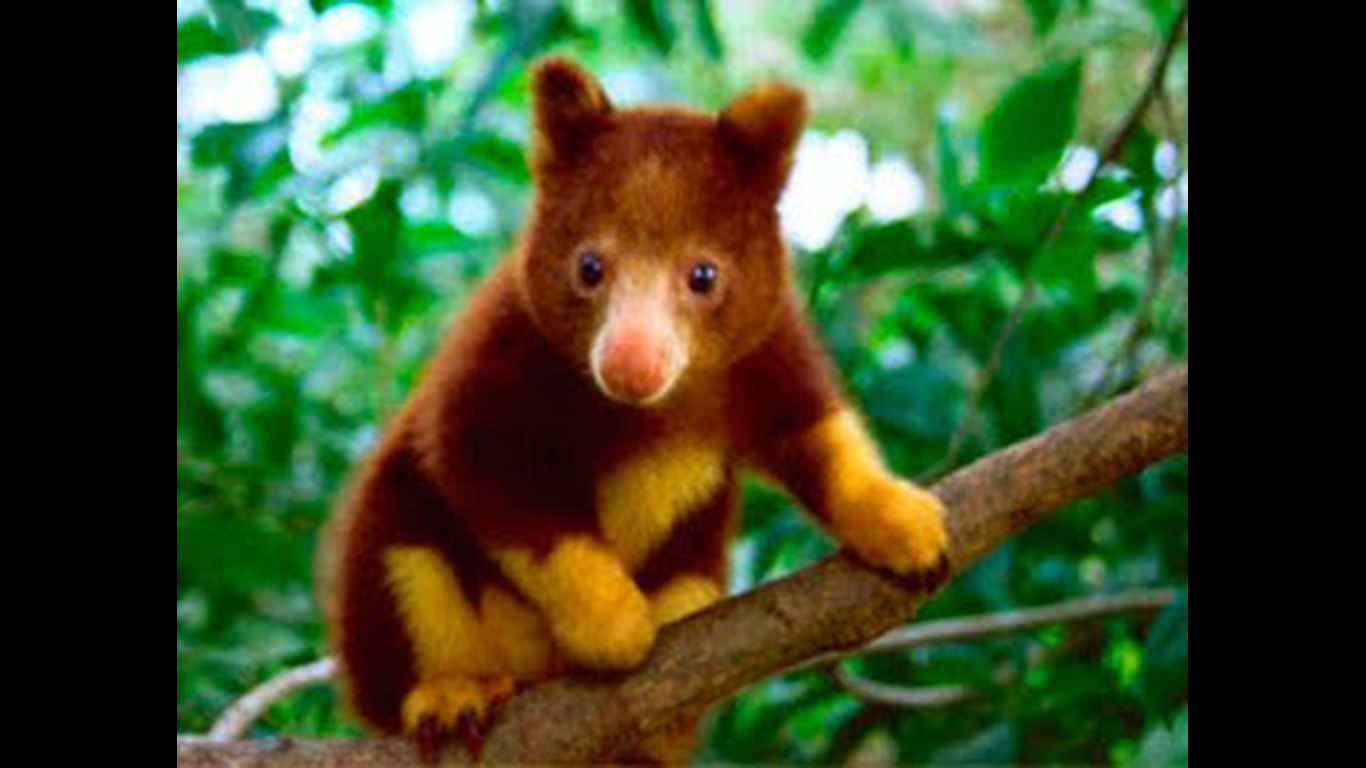
2. Wondiwoi Tree-kangaroo
Scientific name: Dendrolagus mayri
Date last recorded in wild: 1928
Geographic region: Indonesia
Threats: Hunting

3. South Island Kokako
Scientific name: Callaeas cinereus
Date last recorded in wild: 2007
Geographic region: New Zealand
Threats: Habitat loss, introduction of predators
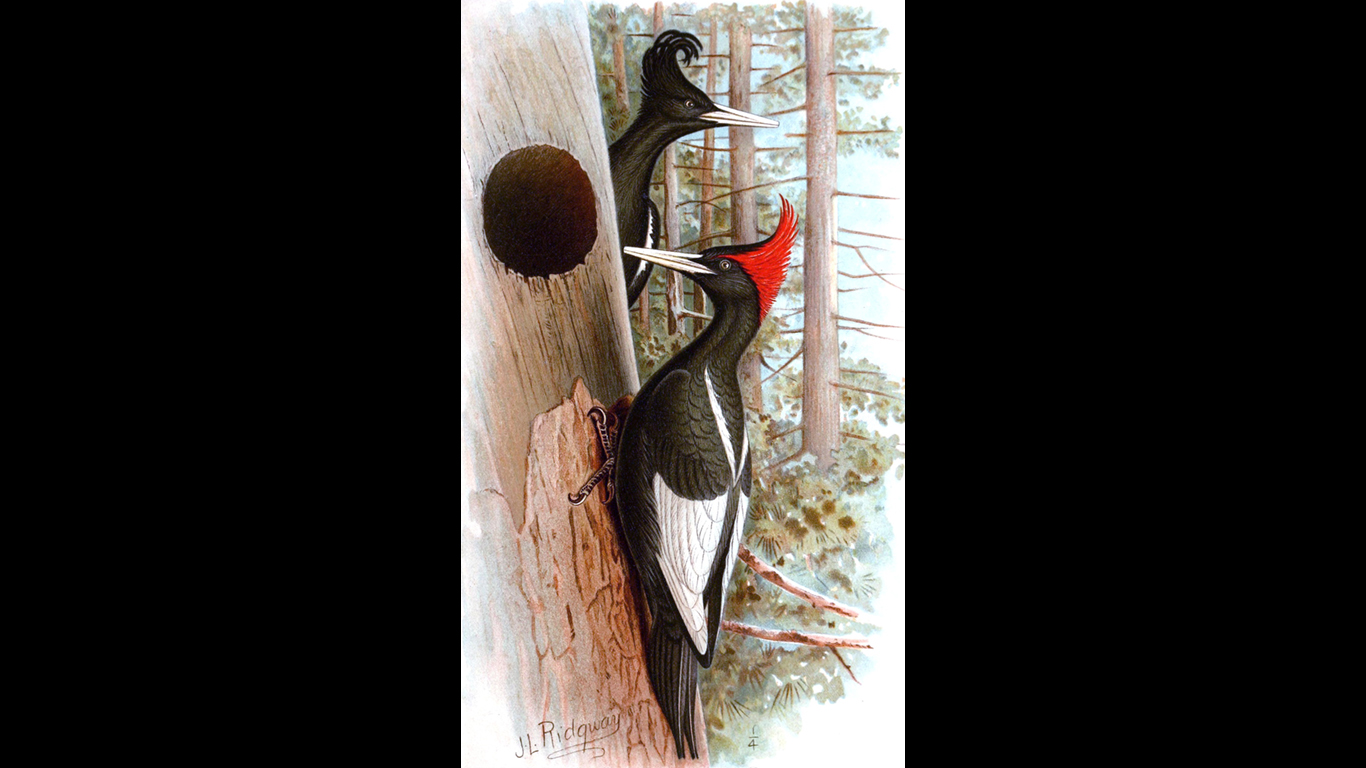
4. Imperial Woodpecker
Scientific name: Campephilus imperialis
Date last recorded in wild: 1956
Geographic region: Mexico
Threats: Hunting, habitat loss
[in-text-ad-2]

5. Poo-uli
Scientific name: Melamprosops phaeosoma
Date last recorded in wild: 2004
Geographic region: Hawaii
Threats: Habitat loss, introduction of predators
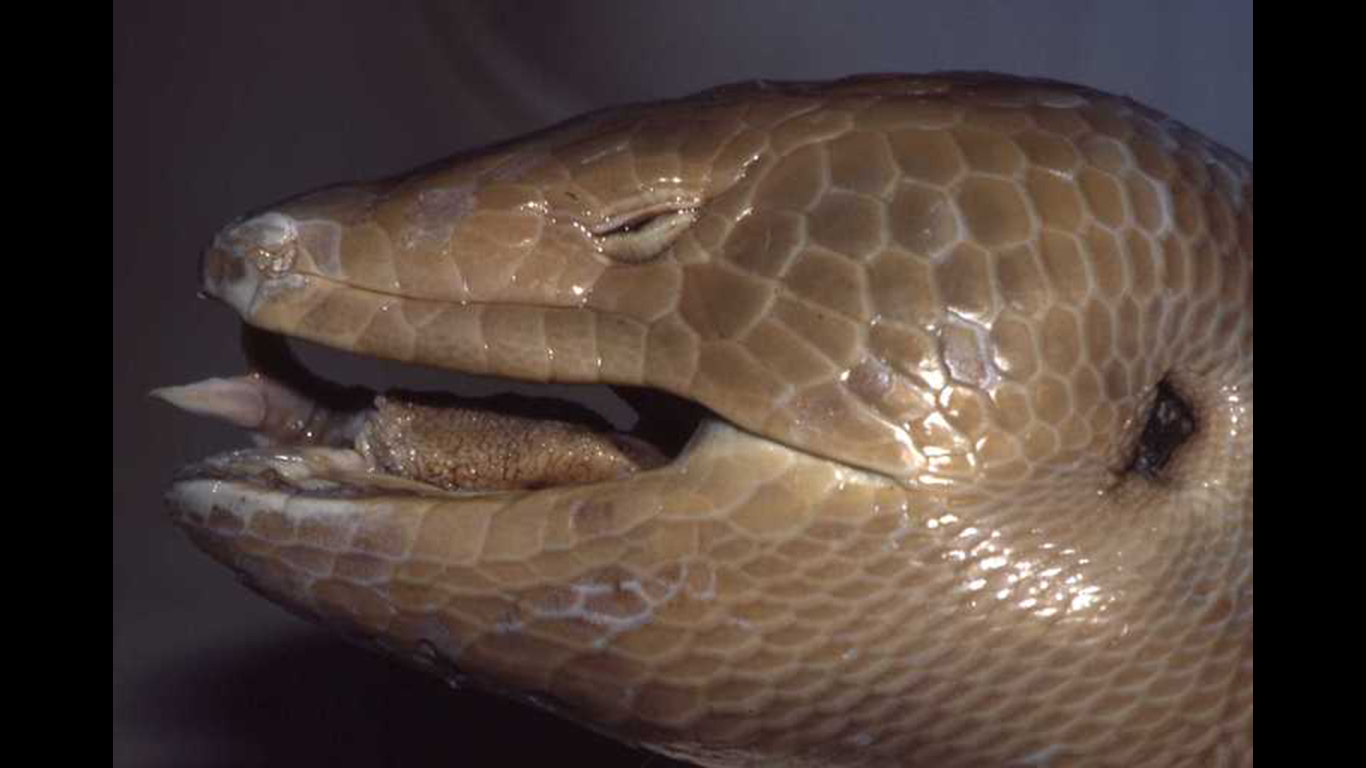
6. Jamaica Giant Galliwasp
Scientific name: Celestus occiduus
Date last recorded in wild: 1851
Geographic region: Jamaica
Threats: Habitat loss, introduction of predators
[in-text-ad]
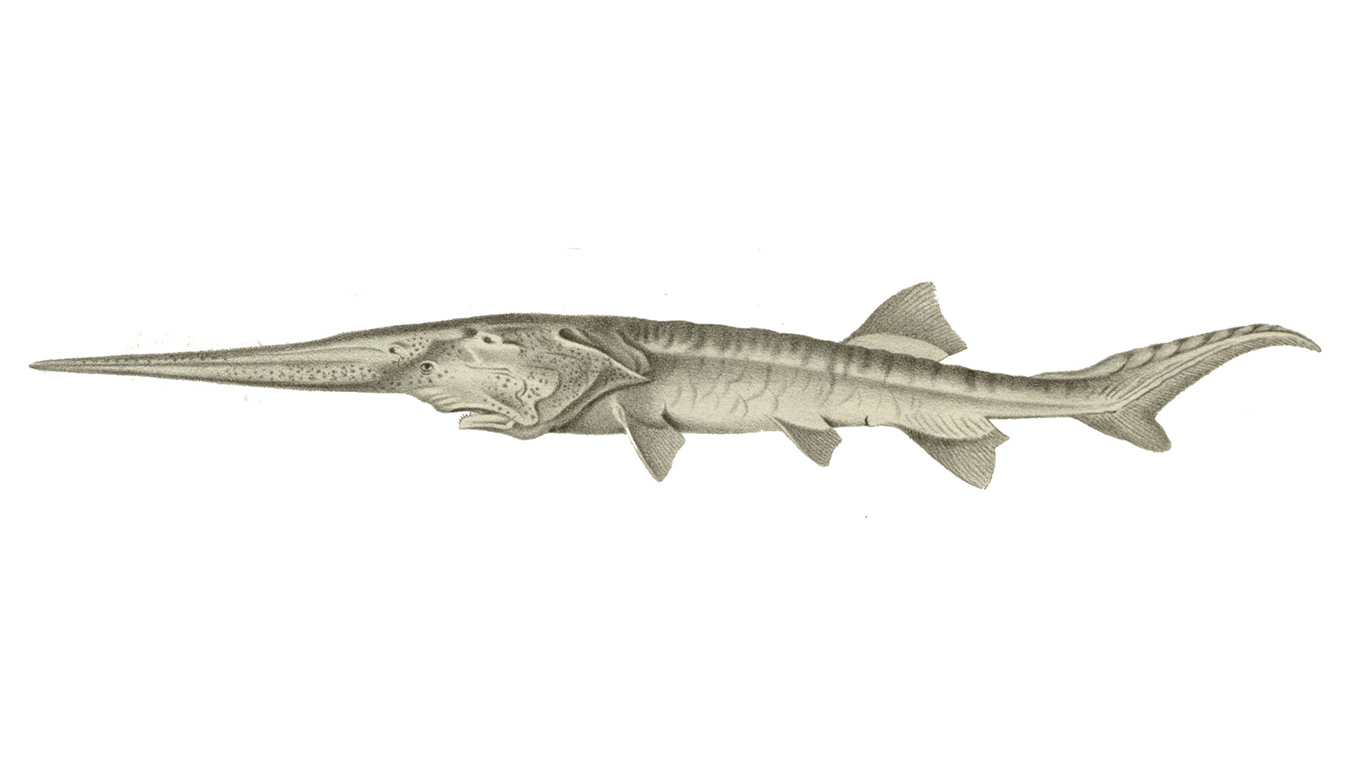
7. Chinese Paddlefish
Scientific name: Psephurus gladius
Date last recorded in wild: 2003
Geographic region: China
Threats: Overfishing
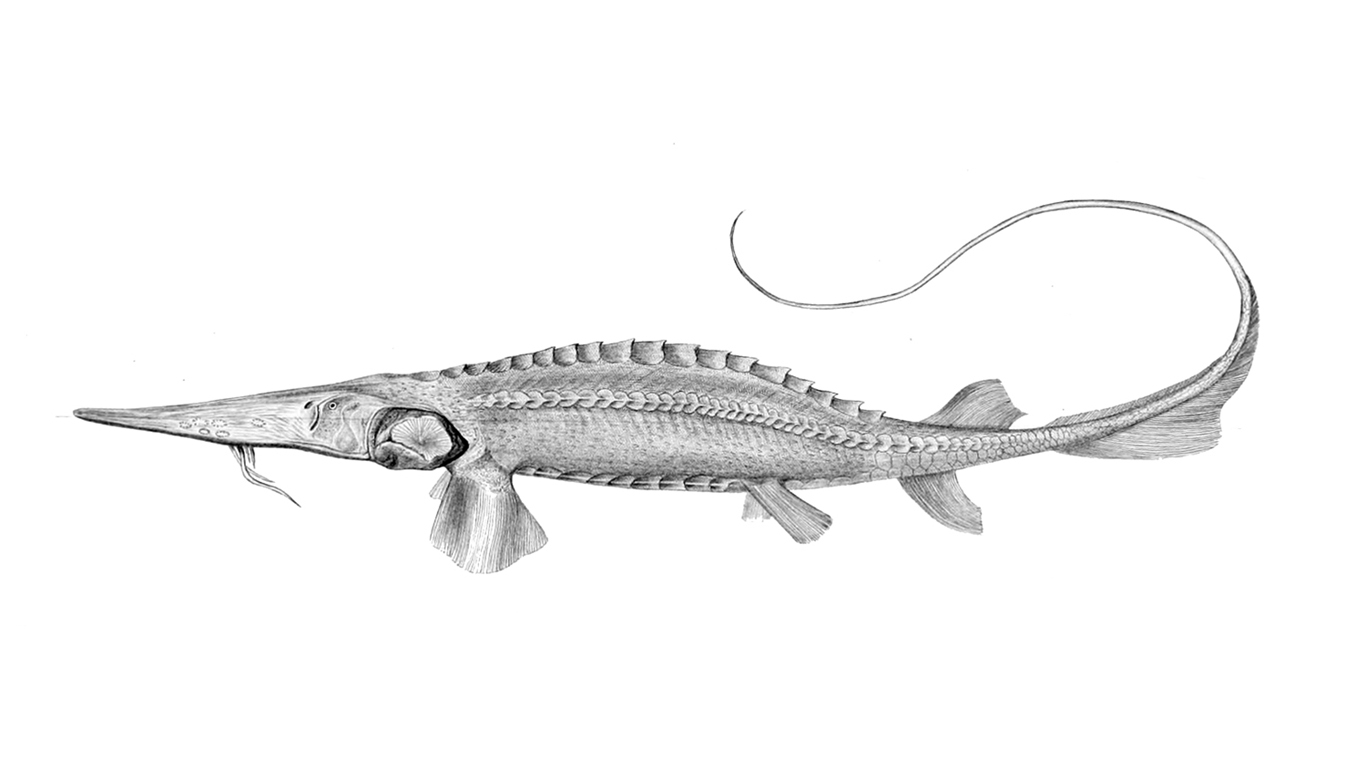
8. Syr-darya Shovelnose Sturgeon
Scientific name: Pseudoscaphirhynchus fedtschenkoi
Date last recorded in wild: 1960s
Geographic region: Kazakhstan; Tajikistan; Uzbekistan
Threats: Habitat loss
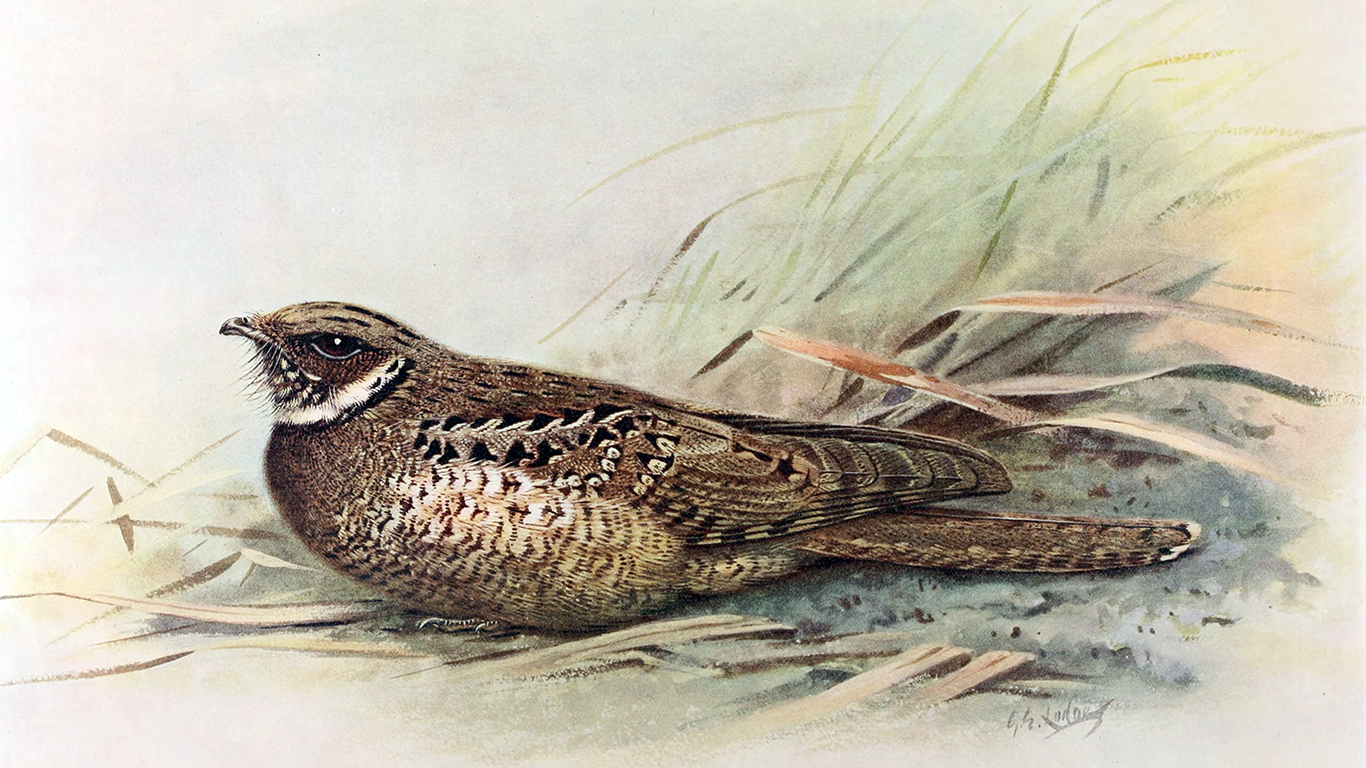
9. Jamaican Poorwill
Scientific name: Siphonorhis americana
Date last recorded in wild: 1860
Geographic region: Jamaica
Threats: Introduction of predators
[in-text-ad-2]

10. Aru Flying Fox
Scientific name: Pteropus aruensis
Date last recorded in wild: 1992
Geographic region: Indonesia
Threats: Possibly hunting, sugarcane plantation development
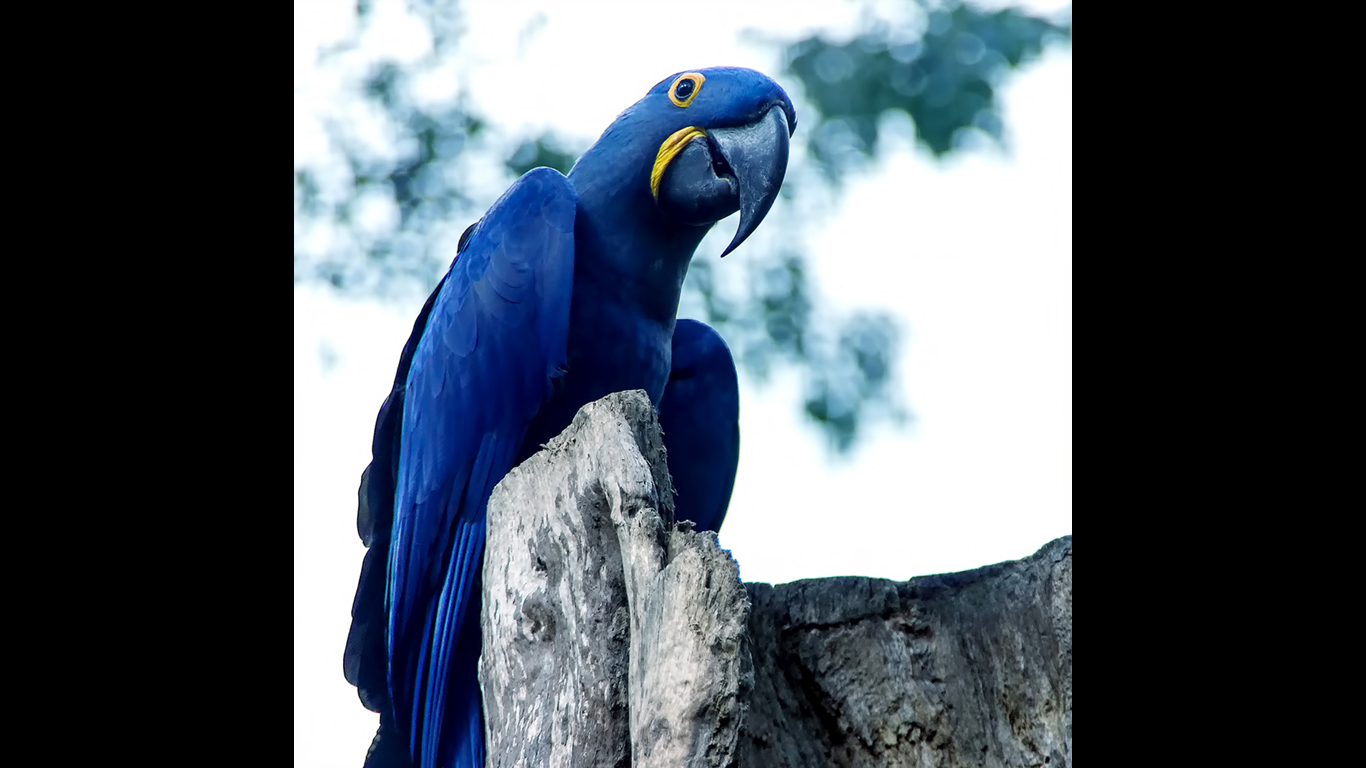
11. Spix’s Macaw
Scientific name: Cyanopsitta spixii
Date last recorded in wild: 2007
Geographic region: Brazil
Threats: Habitat loss, hunting
[in-text-ad]
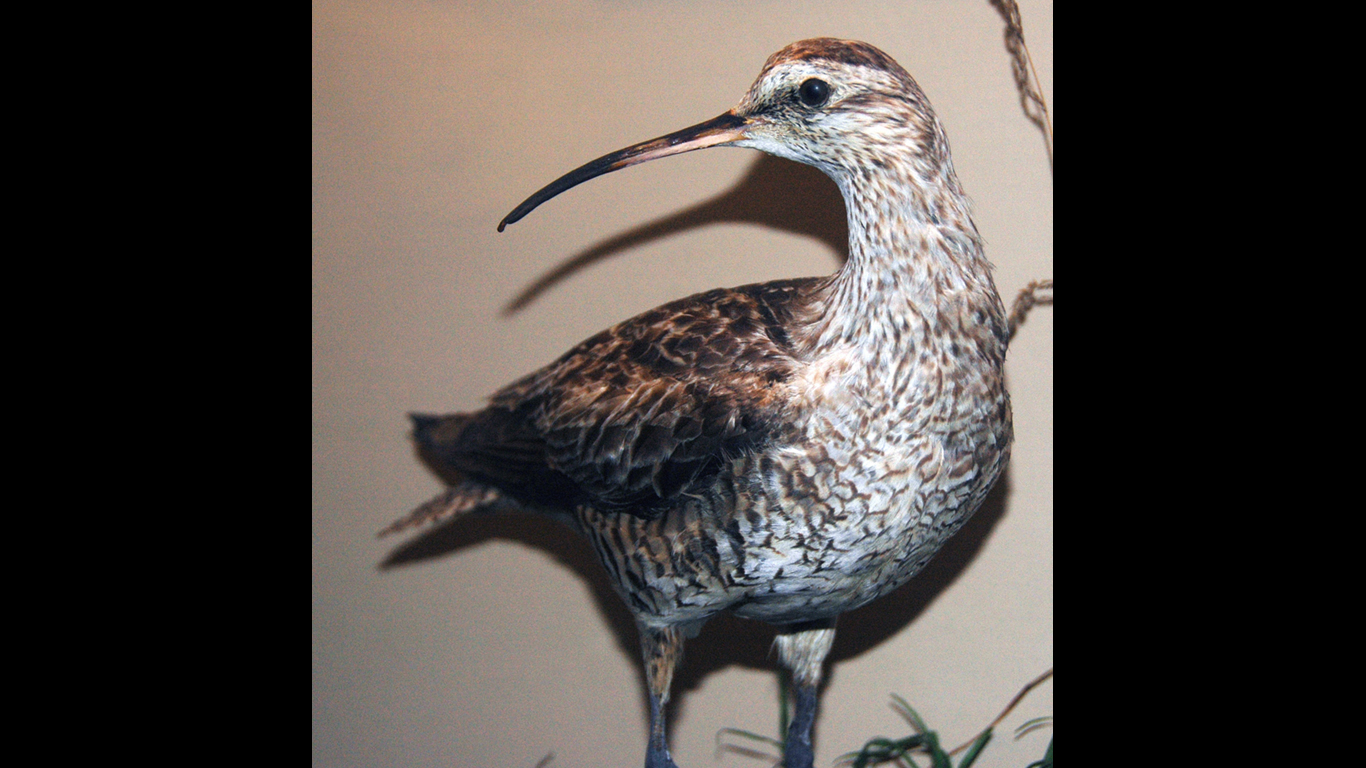
12. Eskimo Curlew
Scientific name: Numenius borealis
Date last recorded in wild: 1963
Geographic region: Argentina; Barbados; Brazil; Canada; Chile; Mexico; Paraguay; United States; Uruguay
Threats: Habitat loss, hunting
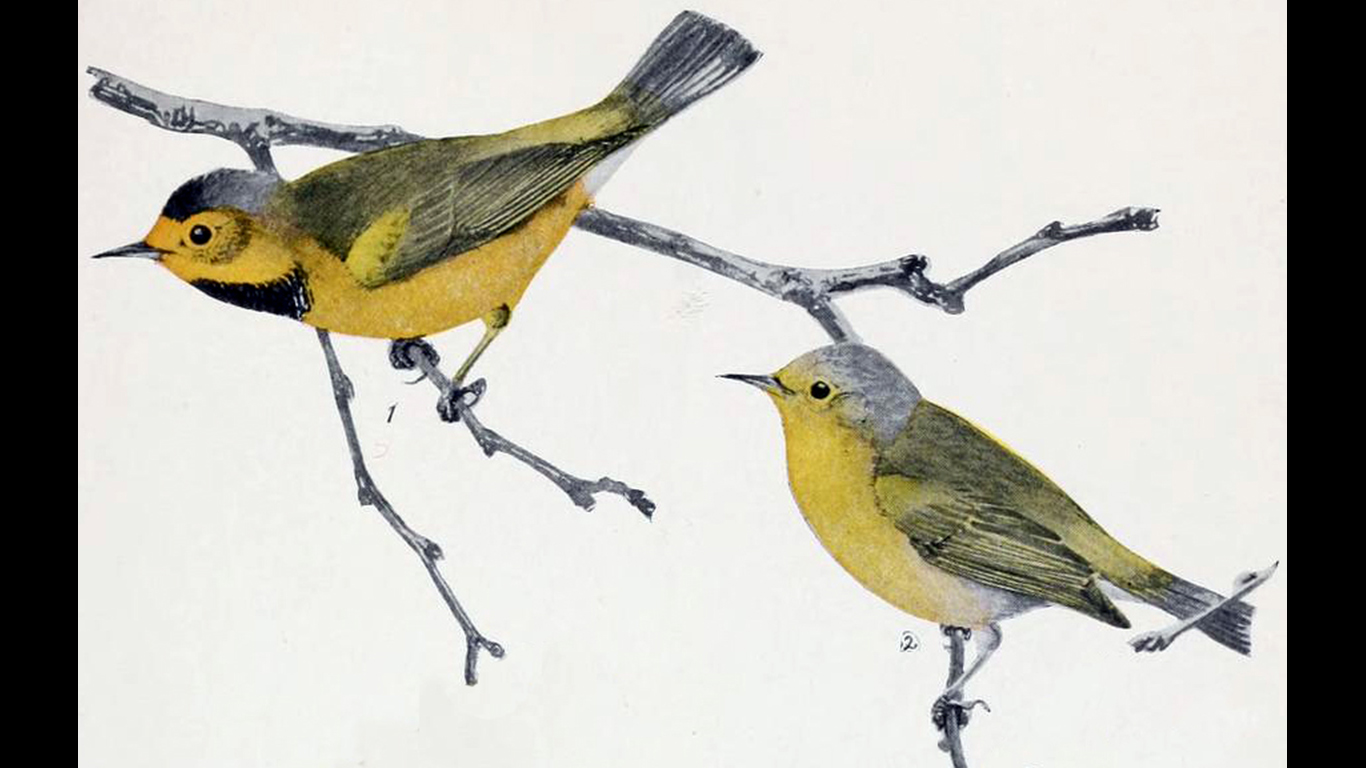
13. Bachman Warbler
Scientific name: Vermivora bachmanii
Date last recorded in wild: 1988
Geographic region: Cuba, United States
Threats: Habitat loss, conversion to sugarcane plantations

14. Fernandina Giant Tortoise
Scientific name: Chelonoidis phantasticus
Date last recorded in wild: 1964
Geographic region: Ecuador
Threats: Volcanic activity
[in-text-ad-2]

15. Rio Pescado Stubfoot Toad
Scientific name: Atelopus balios
Date last recorded in wild: 1995
Geographic region: Ecuador
Threats: Disease, habitat loss, pollution
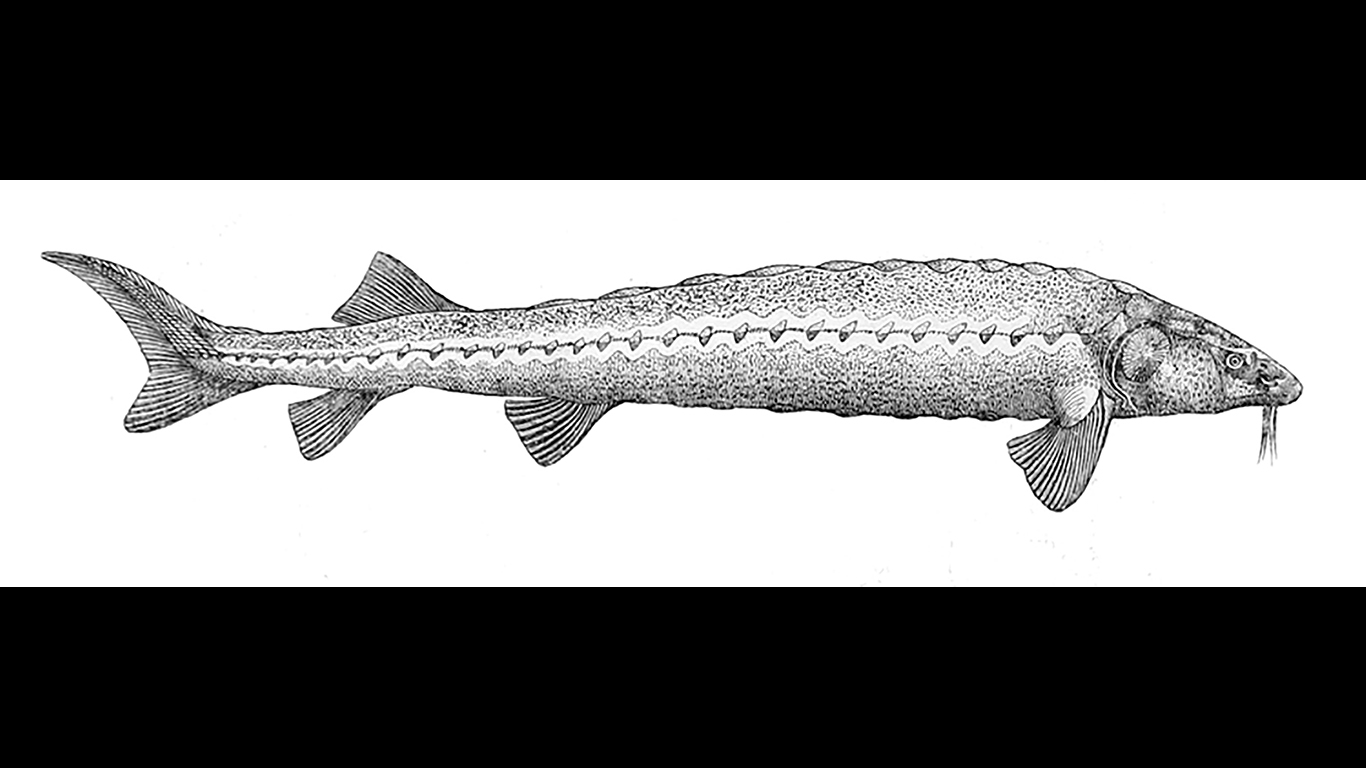
16. Adriatic Sturgeon
Scientific name: Acipenser naccarii
Date last recorded in wild: N/A
Geographic region: Albania; Croatia; Greece; Italy; Montenegro; Serbia
Threats: Overfishing, dam creation
[in-text-ad]
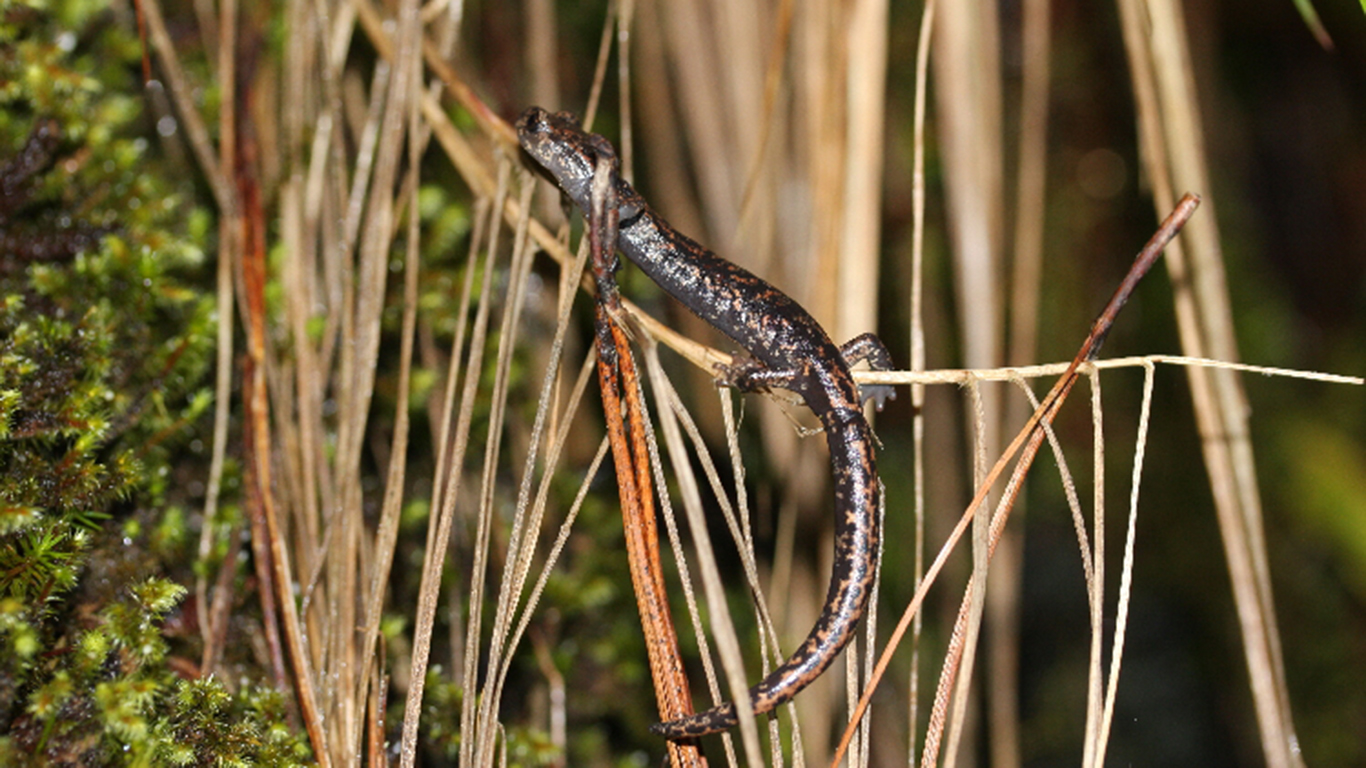
17. Green-flecked Salamander
Scientific name: Pseudoeurycea tlahcuiloh
Date last recorded in wild: 1960s
Geographic region: Mexico
Threats: Logging, agriculture expansion
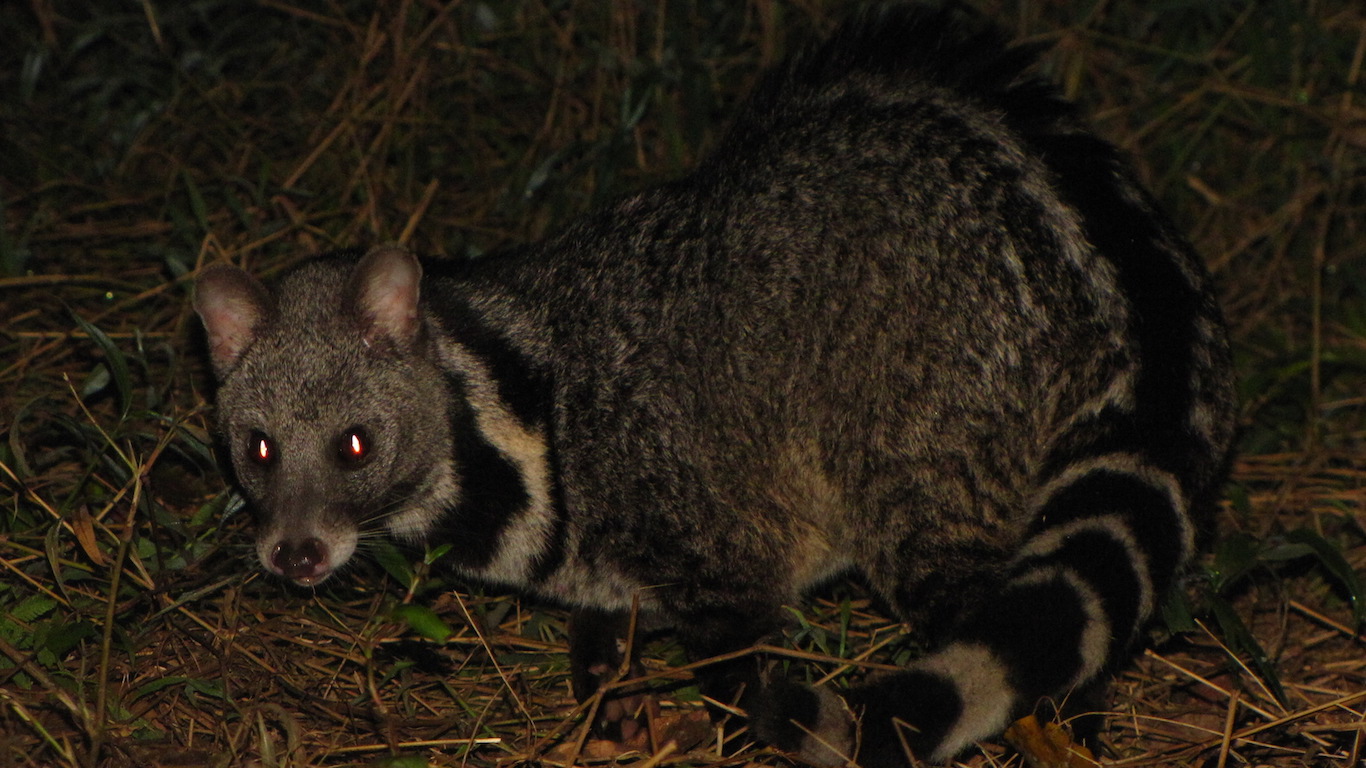
18. Malabar Civet
Scientific name: Viverra civettina
Date last recorded in wild: N/A
Geographic region: Southern India
Threats: Habitat loss

19. Bouvier’s Red Colobus
Scientific name: Piliocolobus bouvieri
Date last recorded in wild: 1970s
Geographic region: Congo
Threats: Hunting, habitat loss
[in-text-ad-2]

20. San Quintin Kangaroo Rat
Scientific name: Dipodomys gravipes
Date last recorded in wild: 1986
Geographic region: Mexico
Threats: Habitat loss

21. Bigfoot Splayfoot Salamander
Scientific name: Chiropterotriton magnipes
Date last recorded in wild: N/A
Geographic region: Mexico
Threats: Habitat loss
[in-text-ad]
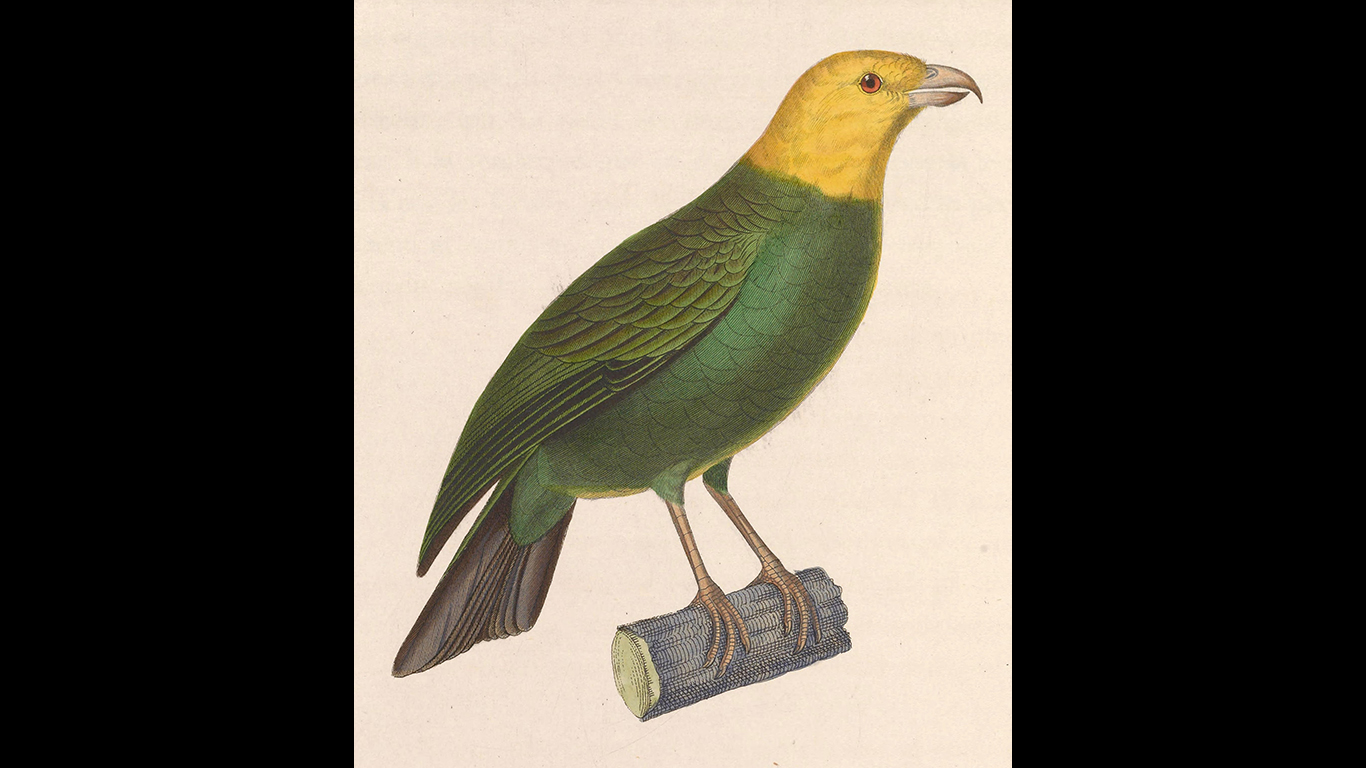
22. Ou
Scientific name: Psittirostra psittacea
Date last recorded in wild: 1989
Geographic region: United States
Threats: Habitat loss from logging, agriculture
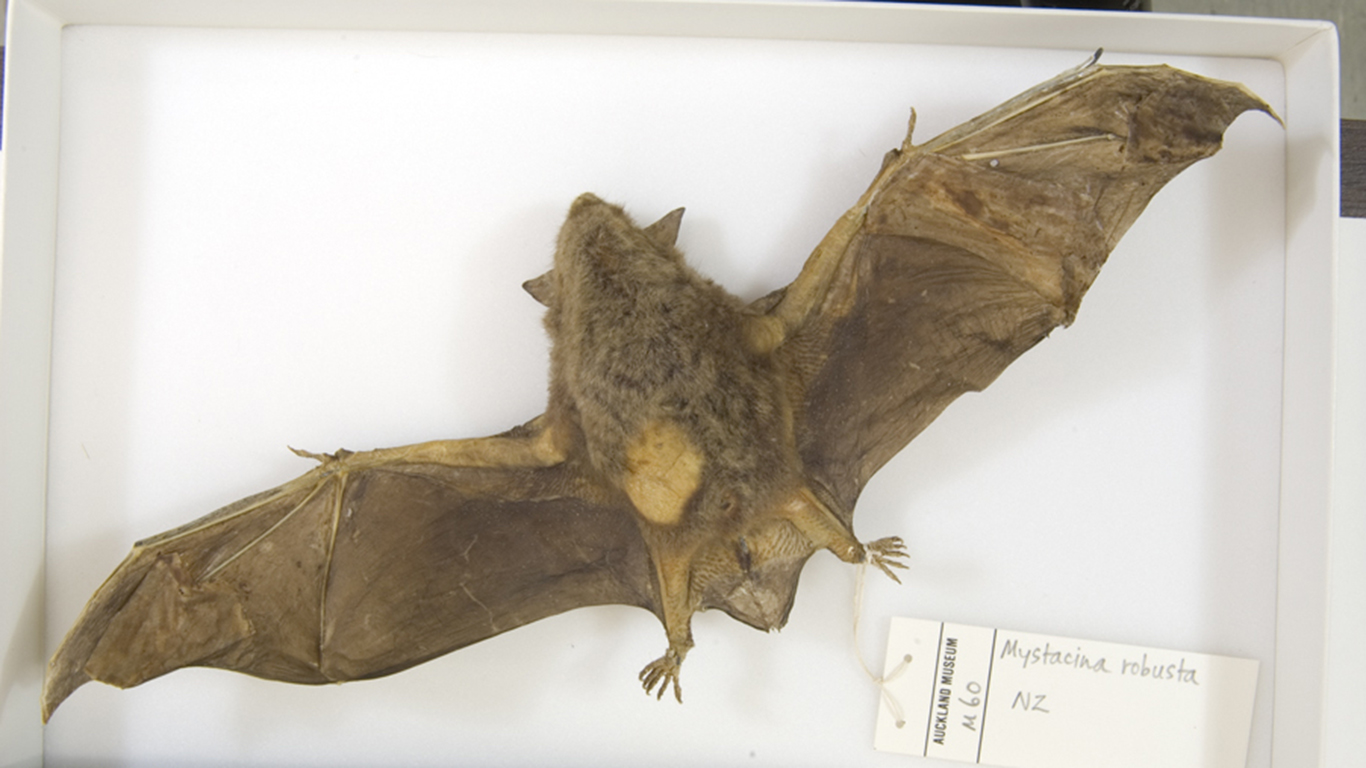
23. New Zealand Greater Short-tailed Bat
Scientific name: Mystacina robusta
Date last recorded in wild: 1967
Geographic region: New Zealand
Threats: Invasive species
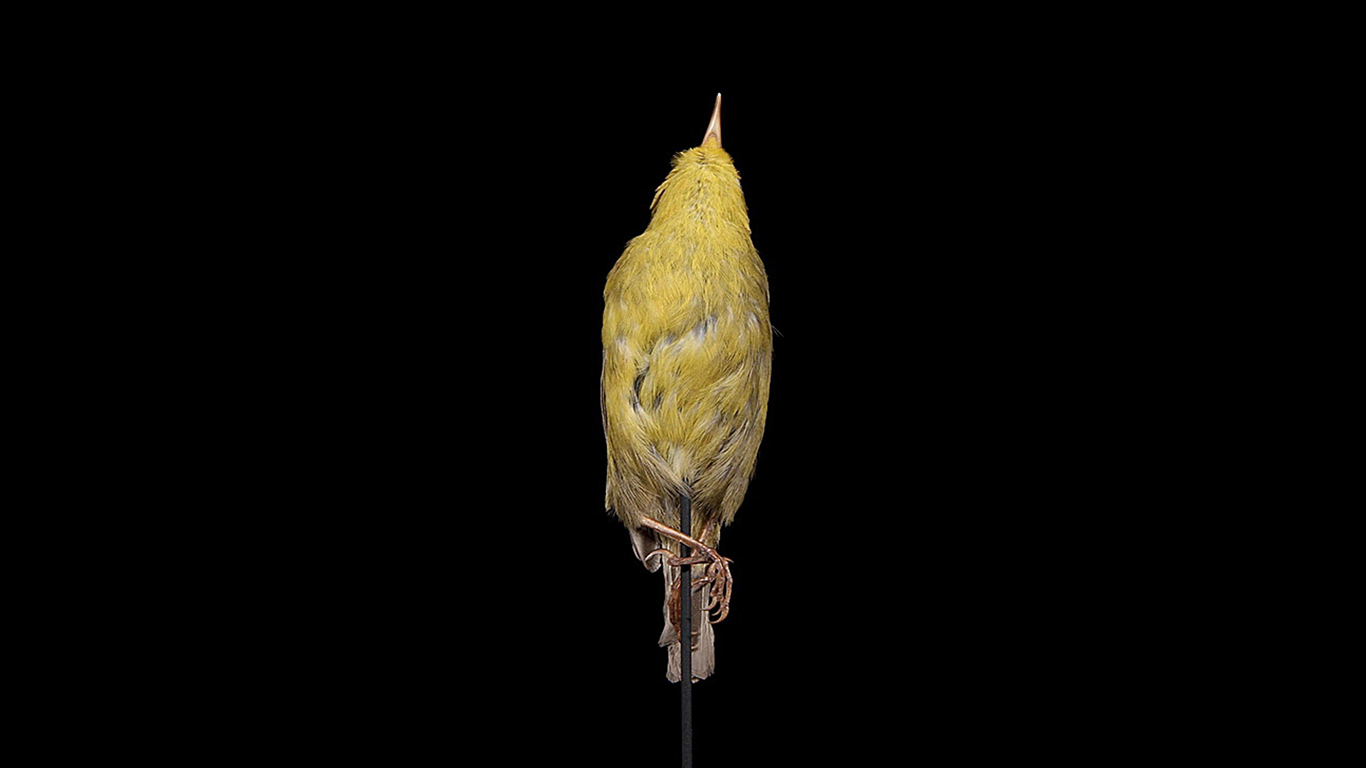
24. Oahu Alauahio
Scientific name: Paroreomyza maculata
Date last recorded in wild: 1985
Geographic region: United States
Threats: Disease, habitat loss
[in-text-ad-2]

25. Jamaican Petrel
Scientific name: Pterodroma caribbaea
Date last recorded in wild: 1879
Geographic region: Bahamas; Dominica; Guadeloupe; Jamaica
Threats: Introduction of predators
Detailed Findings & Methodology
The IUCN places animals in the following categories: data deficient, least concern, near threatened, vulnerable, endangered, critically endangered, extinct in the wild, and extinct. Animals designated vulnerable, endangered, or critically endangered are those most at risk of extinction.
Animals face various threats, including climate change, overfishing, poaching, disease, pollution, habitat loss, illegal hunting, invasive species, overdevelopment, and desertification. Mammals such as elephants and primates are under threat as their low reproductive rates limit their ability to adapt to changing environments.
Protecting animals from extinction is a daunting task, and requires determining which species are most endangered. All animals are not equal; listing a species as critically endangered doesn’t mean its scarcity or chances of extinction are the same as other animals sharing that status. Other variables include protection measures, the particular kinds of threats faced by the animal, and genetic diversity.
Scientists are also reluctant to declare a species extinct because there is always the possibility an animal might exist in the wild and has not been seen for years. Rare animals might be so elusive that scientists are unable to track them. Funding and protection efforts for at-risk animals depend on their presence in a given area.
Animals such as polar bears, penguins, and sea lions are considered at least vulnerable because of climate change, which is robbing them of their habitat. But because their populations have not fallen to very few in number, they are not on our list.
Mammals, reptiles, birds, amphibians, and fish — all the major invertebrates — populate the list, among them: the Imperial Woodpecker, the Chinese Paddlefish, the Green-flecked Salamander, the San Quintin Kangaroo Rat, the Aru Flying Fox, the Fernandina Giant Tortoise, and the Rio Pescado Stubfoot Toad.
24/7 Wall St. based its list of the world’s rarest and possibly extinct animals on data provided by the International Union for Conservation of Nature. All of the animals on the list are assessed as critically endangered, one level below extinction. Most of the creatures on the list are estimated to number fewer than 250 mature individuals. Many have rates of decline of more than 80% over the last 10 years or three generations, whichever is longer, and the reduction may not be reversible. We also considered how geographically limited the animal is.
If you’re one of the over 4 Million Americans set to retire this year, you may want to pay attention.
Finding a financial advisor who puts your interest first can be the difference between a rich retirement and barely getting by, and today it’s easier than ever. SmartAsset’s free tool matches you with up to three fiduciary financial advisors that serve your area in minutes. Each advisor has been carefully vetted, and must act in your best interests. Start your search now.
Don’t waste another minute; get started right here and help your retirement dreams become a retirement reality.
Thank you for reading! Have some feedback for us?
Contact the 24/7 Wall St. editorial team.